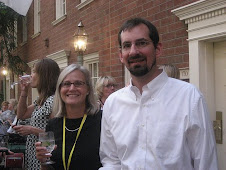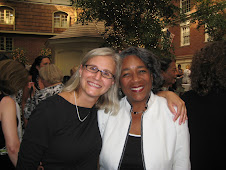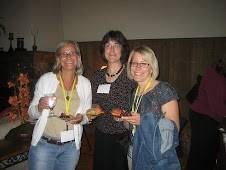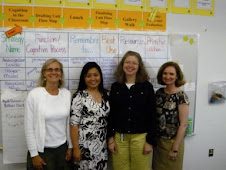The steps in the process are described on page 4-21 in the Thinking Maps: Tools for Learning blue binder.
The problem definition stage involves creating a circle map to define the problem and a bubble map to describe the attributes of the problem.
The collect and organize data stage involves the students classifying details that they found during the research process in a tree map.
The brainstorm solutions/options stage has students brainstorm possible solutions to problem with a circle map and then use a flow map to prioritize options.
The evaluate consequences stage has students create a multi-flow map for each possible solution to analyze the causes and effects.
In the choose a solution stage students complete a double bubble map that compares and contrasts the two best solution possibilities, and then their final solution is expressed in a bridge map to make an analogy for better understanding.







No comments:
Post a Comment